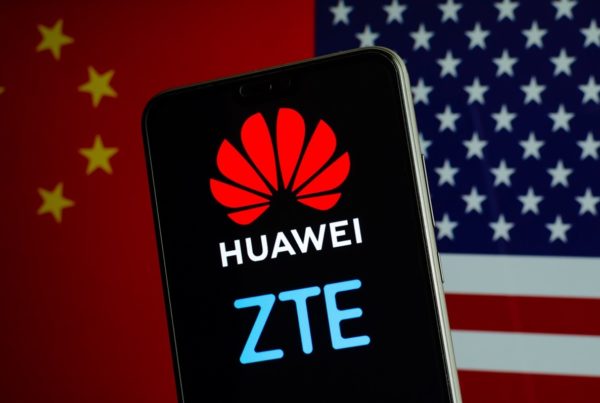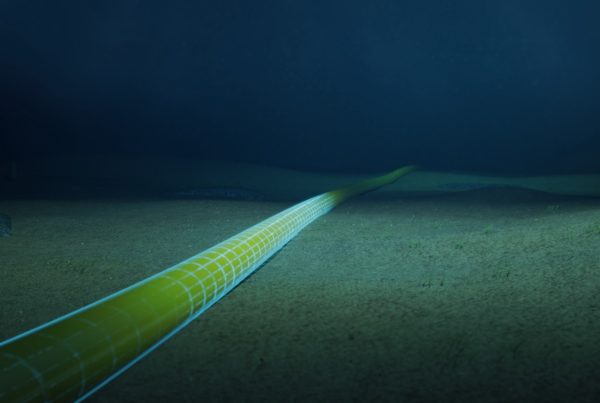Over the last years, the Italian TowerCo market has been facing lots of changes and its consolidation in the TLC field has led to two major entities working hard both to widen the infrastructures all over Italian soil and to improve connectivity for citizens and companies. Investments as well have been significantly increased but this hasn’t impacted companies’ revenues. New TLC operators are making their way in the domestic appealing market trying to implement projects through National Recovery and Resilience Plan funds to the detriment of Italian businesses; this will, thus, result in an unnecessary duplication of infrastructures thereby suboptimizing investments and wasting public funds.
TLC sector is growing in Italy: revenues reached approximately 2 billion euros
According to the latest available figures, the TowerCo Italian market (involving main players responsible for developing and managing mobile telephony towers providing co-location services to the country’s main mobile operators) reached the value of 1.8 billion euros in 2021, growing by 7% compared to 2020. According to Asstel figures, 2012-2021, towers suppliers’ revenues increased by 287% especially due some discontinuities resulting from M&A and the foundation of new companies in the field.
This is especially true for to telecommunications field which, over the last 8 years, decupled its value mainly due to spin-off activities from other TLC companies. The Italian infrastructures market dynamics have been influenced by a transformation process characterized by:
- Strategies for reallocating mobile operators’ invested capital who have to invest in spectrum acquisition and networks development to cope with the competitive dynamics: they consequently have outsourced and shared infrastructure assets;
- Mobile network operators (MNOs) efforts to enhance networks coverage and capacity in more populated areas, by using microcells (due to the increasingly widespread use of images and videos in both personal and professional communication);
- Technological discontinuity regarding networks’ coverage (5G rollout will entail new kind of networks and the migration to backhaul IP);
- Market consolidation with fewer players involved in the process.
More investments for the development of new networks
Latest figures show a significant increase in investments which, in 2022, increased by 47% reaching 517 million euros value. More than a half of investments is used either for implementing or maintaining the current wireless networks; 37% are used for exceptional business operations, ranging from the acquisition of other companies, the acquisition of assets (lands or agreements), to investments for the environmental sustainability resulting in the implementation of power measures and the development of eco-friendly programs. Finally, 5% is used to implement 5G networks, like small cells. In 2021, the number of operators owing tower sites slightly increased (+1%) for a total number of 50 thousand sites (higher compared to the previous three years). This increase is mainly due to new sites’ building to address customers’ needs, to develop 5G networks and to be able to coverage densely populated areas.
 Cellnex and Inwit: two major players in the Italian market
Cellnex and Inwit: two major players in the Italian market
The two main players in the Italian communication towers market are Inwit and Cellnex managing more than 26.000 towers all over our country. On the one hand there is Cellnex providing customers with multi operators network support even in mostly populated areas. Some of its main projects provide people with network coverage, more specifically:
- Eco devices with the smallest environmental and electromagnetic impact in specific areas, (notably Milan and Genoa);
- Coverage in big cities (Milan, undergrounds in Brescia and Genoa);
- Stadium (Stadio San Siro in Milan, Allianz Stadium in Turin and Stadio Olimpico in Rome);
- Airports (Malpensa, Linate, Orio al Serio);
- Hospitals (Niguarda in Milan, Gemelli in Rome);
- Railway stations (Central station and Garibaldi station in Milan)
On the other hand, there is Inwit which not only holds more than 24 thousand towers but, in the third quarter of 2023, it built 230 new towers and over 1.000 new hosting sites for mobile operators and FWA. Furthermore, the company has over 7.800 remote units for indoor DAS coverage and thousands of kms of highway and road tunnels covered with their devices. One of the main projects concerns 5G coverage for the new Metro Line 4 in Milan as well as Merlata Bloom, the greatest shopping mole in the city. These sites host the transmission equipment of the main Italian telco operators, while the mini-DAS antennas are capable of adequately managing coverage and traffic capacity in crowded areas such as museums, hospitals, stadiums, and shopping moles. Inwit is also developing infrastructure for the Italian 5G National Recovery and Resilience Plan in more than 1.300 underserved areas and has implemented DAS technology to ensure connectivity in dozens of healthcare facilities.
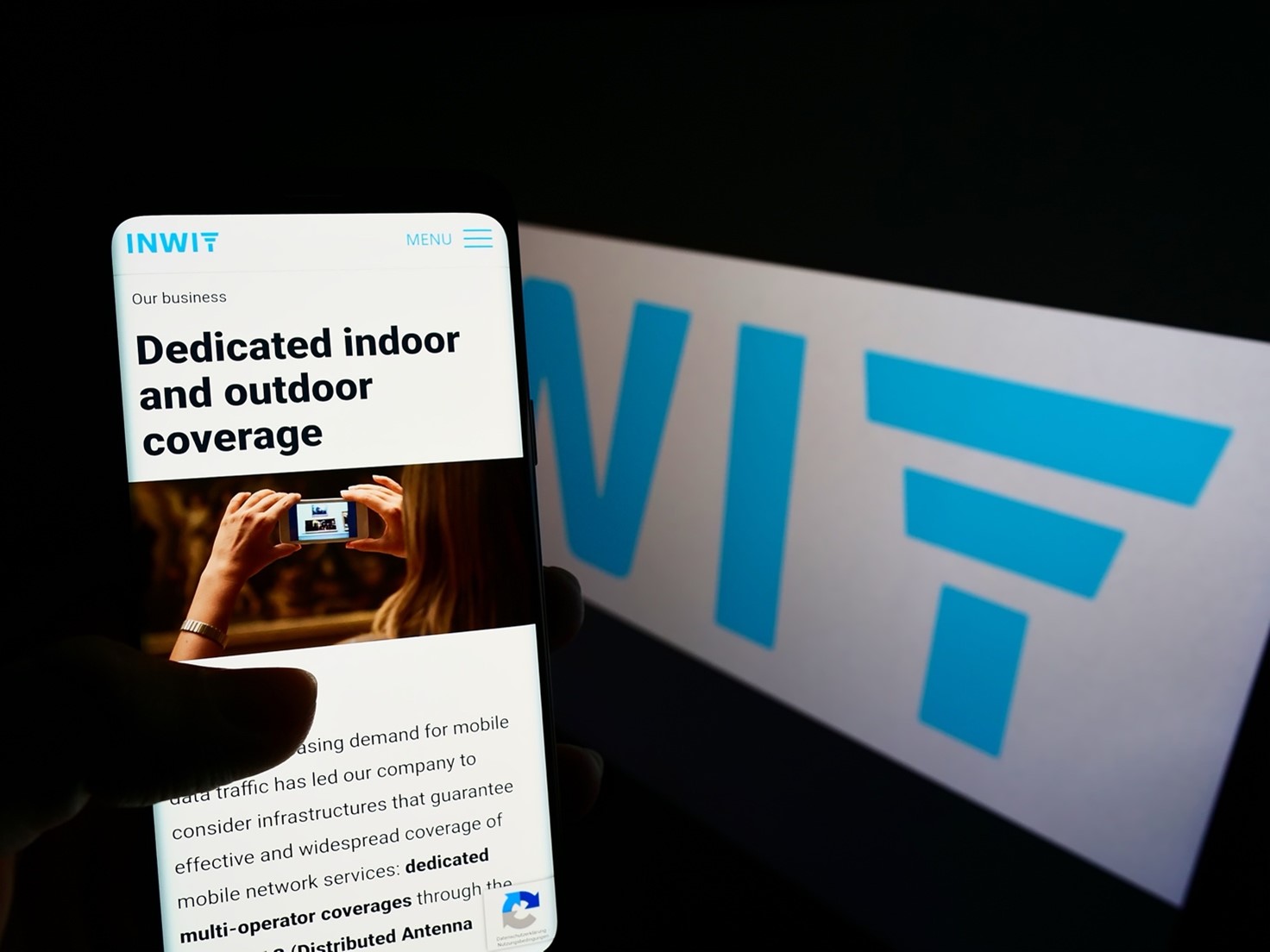 The four pillars of Cellnex strategic plan
The four pillars of Cellnex strategic plan
Cellex has recently introduced its strategic plan based on four pillars:
- Streamlining process: the company aims at reviewing its portfolio to focused on emerging markets and core businesses disinvesting non-core assets and businesses limiting its growth;
- Focusing: the company prioritizes co-location and build-to-suits services for its customers. The main goal is to reach a location ratio equal to 1.64 in 2027 to maximize the value of current assets. While towers keep being the main sector of its business, Cellnex is planning on investing in specific business lines, like DAS (Distributed Antenna Systems), SC (Small cells) and RAN (Radio Access Network), and in most efficient services, such as fiber optic, internet connection and wholesale housing to increase revenues by 15% within 2027;
- Efficiency: the company strives to optimize location costs, divide towers portfolio, enhance business operation and management’s efficiency, as well as to drive the digital transformation and improve productivity. Costs will be optimized by creating a dedicated vehicle specialized in the acquisition of sites (initially 10.000) of specific countries;
- Responsibility: Cellnex is committed to achieving a strong governance and to implementing its environmental, social and governance principles in the strategic framework. The company aims to achieve these goals (ESG) by 2025.
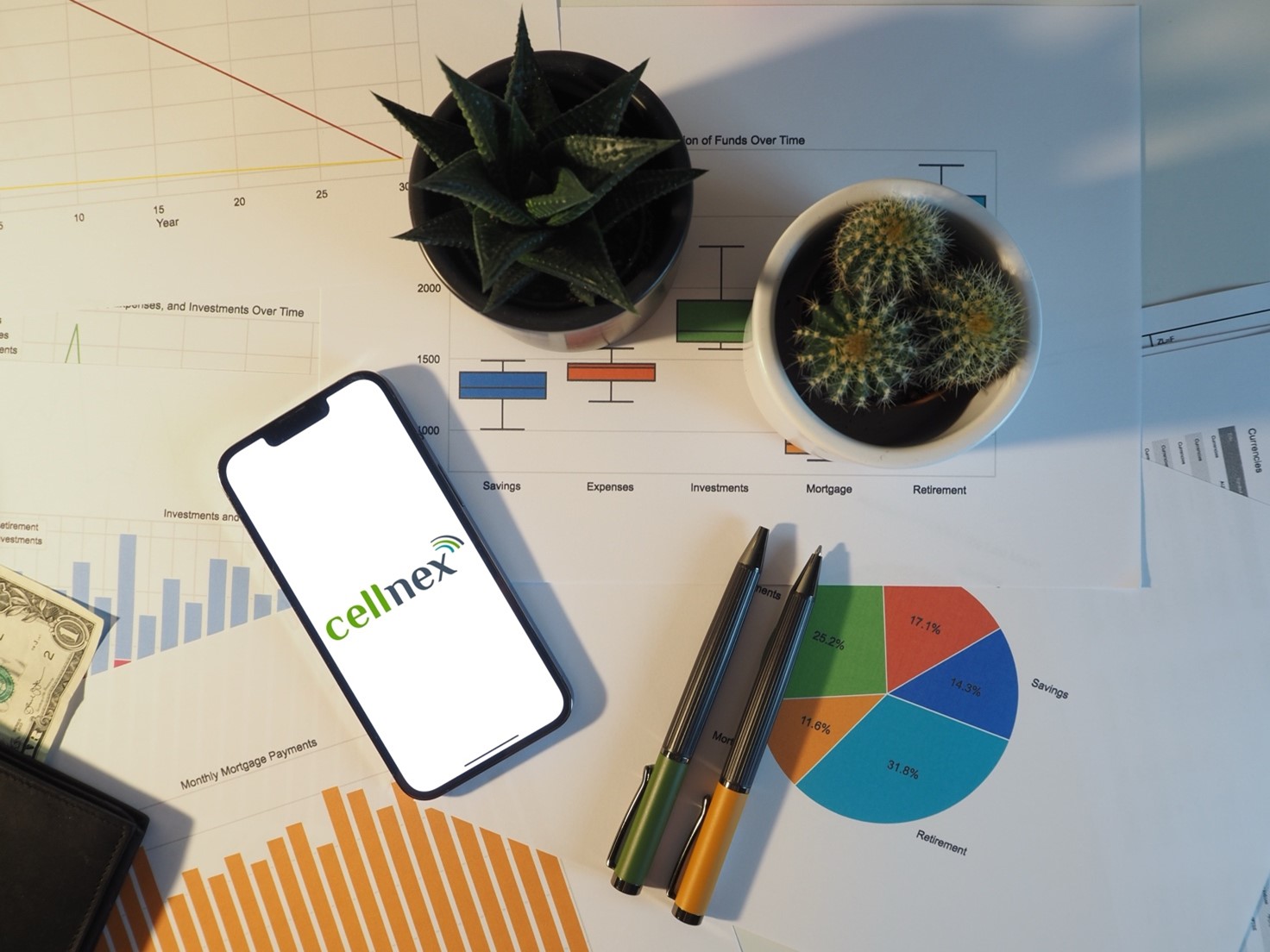 Inwit increasing profit and revenues in 2023: 905 new towers
Inwit increasing profit and revenues in 2023: 905 new towers
Inwit has recently provided financial results for the 2023 fiscal year which closed with a total turnover of 960.3 million euros (increased by 12.6% compared to 2022 whose turnover was 853 million euros) while Ebitda closed at 879.2 million euros, increased by 12.8% compared to the previous year (+12.4% excluding revenues and one-off costs equal to 2.8. million euros). From an industrial perspective, in 2023 Inwit kept implementing its technological infrastructures by expanding the number of sites (+995 towers) and the areas where to build them (over 4 thousands a year), expanding multi operators micro cells coverage plan in most populated areas (approximately 450 active DAS coverage per indoors location by the end of last year). Furthermore, the company has implemented sites’ efficiency by introducing the lease contract renegotiation plans and lands acquisition plan with more than 1.800 real estate transactions. As of December 31st, 2023, the average number of mobile operators per site (the so-called tenancy ratio) increased by 2.23 (compared to 2.16 in 2022).
Industrial investments, equal to 290 million euros in 2023 (+55% compared to 2022) were more focused on technological and infrastructural company’s development thus involving investments for new sites, the development of new indoors DAS cellular coverage, the acquisition of new lands and sites’ improvements. Considering short term development, Inwit states as follows: “in addition to the high demand for better connectivity, the Italian market of TLC operators keeps facing challenges and strong competition thus resulting in a negative impact on revenues and investments.” In this sense, Inwit business model, which is based on long term hosting services and inflation indexing, represents a key and stable element. Expanding the perspective on global business, the Company strives for a technological scenario with positive structural trends like:
- Increasing the use of data for technological transformation towards 5G networks;
- Strengthening mobile networks’ band coverage, thus, bridging digital divide;
- Investing in more infrastructures and digital technologies through the EU Next Generation program;
- Resorting to the Italian 5G initiative in the framework of the National Recovery and Resilience Plan for new infrastructures.
 Final thoughts
Final thoughts
The ideal scenario for Tower Companies, both in terms of technologies and reference market, is characterized by specific trends, like the increased use of mobile data, the ongoing technological transition to 5G and the need to enhancing internet connection. These factors will contribute to reducing the digital divide and, at the same time, will require significant investments in new infrastructures and digital technologies. In this sense, the major mobile operators, like Inwit and Cellnex, will be able to better address market competitiveness and technological innovation from other Italian operators.
The well-established companies and investment plans for the development of strategic infrastructures, to digitalize our country, will make mobile operators the leading companies in the years to come.

